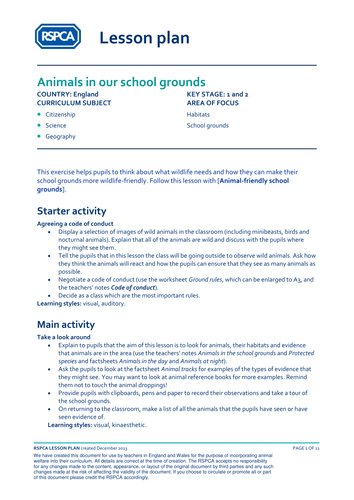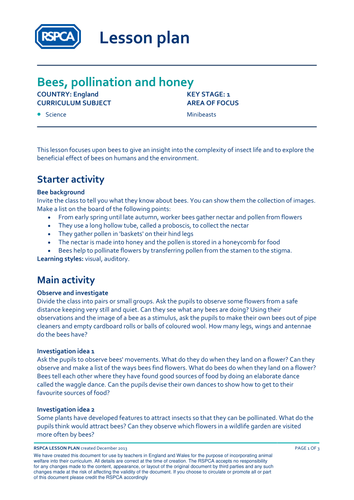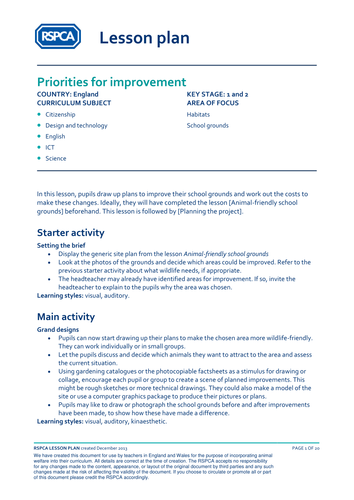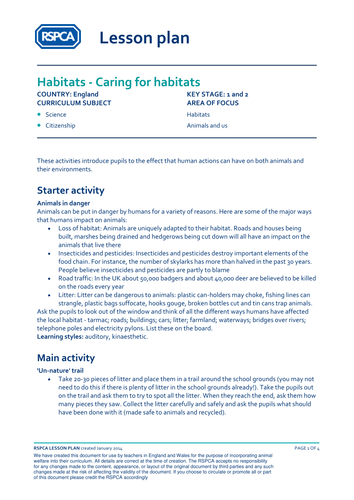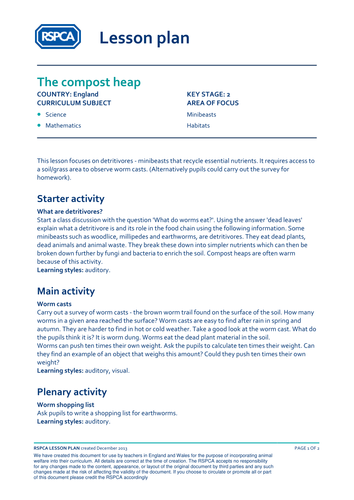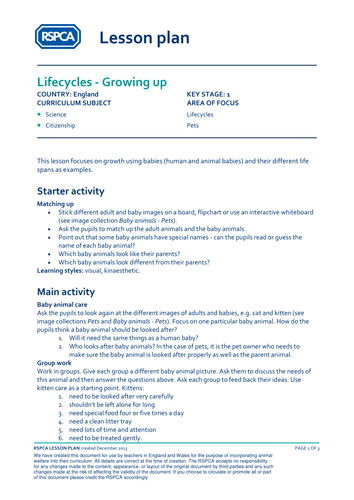60Uploads
58k+Views
52k+Downloads
Primary science

School Grounds 1: Animals in our school grounds
This exercise helps pupils to think about what wildlife needs and how they can make their school grounds more wildlife-friendly. Follow this lesson with [Animal-friendly school grounds].
Activities, teachers' notes and worksheets included.

Minibeasts - Bees, pollination and honey
This lesson focuses upon bees to give an insight into the complexity of insect life and to explore the beneficial effect of bees on humans and the environment. Activities included.
Pupils should learn:
1. to observe and make a record of an animal.
2. that animals and the environment should be treated with care and sensitivity.

School Grounds 2: Animal-friendly school grounds
This exercise helps pupils to think about what wildlife needs and how they can make their school grounds more wildlife-friendly. Follow this lesson with [Priorities for improvement].
Activities, teachers' notes and worksheets included.

School Grounds 3: Priorities for improvement
In this lesson, pupils draw up plans to improve their school grounds and work out the costs to make these changes. Ideally, they will have completed the lesson [Animal-friendly school grounds] beforehand. This lesson is followed by [Planning the project].
Activities, teachers' notes and worksheets included.

Habitats - Caring for habitats
These activities introduce pupils to the effect that human actions can have on both animals and their environments.

Minibeasts - The compost heap
This lesson focuses on detritivores - minibeasts that recycle essential nutrients. It requires access to a soil/grass area to observe worm casts. (Alternatively pupils could carry out the survey for homework).
Activities included.
Pupils should learn the role of detritivores and their place in the food chain.

Lifecycles - Growing up
This lesson focuses on growth using babies (human and animal babies) and their different life spans as examples.
Activities included. Pupils should learn:
to make and communicate observations and comparisons of humans and other animals,
to match young and adults of the same animals
and to know that all animals should be treated with respect.

Habitats - What do birds prefer to eat?
This science investigation of animals in their habitats can be carried out over several lessons. It is important to consider the needs of animals and avoid moving them into the classroom. Activities included.

